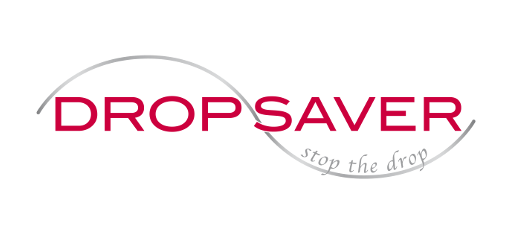Wine Glossary - The Wine ABC
Wine Glossary A–Z – Your Guide to the Language of Wine
Explore the most important wine terms from A to Z. This glossary helps beginners and wine lovers expand their wine vocabulary and enjoy wine more confidently.
A – Alcohol by Volume (ABV)
ABV (Alcohol by Volume)
Indicates how much alcohol is in a wine, expressed as a percentage. Typical table wines range between 11–15% ABV.
B – Body
Body
Describes the weight or fullness of a wine in your mouth. Wines can be light-bodied, medium-bodied, or full-bodied.
C – Cuvée
Cuvée
Refers to a specific blend of wines or a particular batch, often used in Champagne and sparkling wine production.
D – Decanting
Decanting
Is the process of pouring wine into another vessel to separate sediment and enhance aromas through aeration.
E – Earthy
Earthy
Describes wine aromas and flavors reminiscent of soil, mushrooms, or wet leaves – common in Old World wines.
F – Finish
Finish
Refers to the aftertaste that remains after swallowing. A long, pleasant finish is often a sign of high-quality wine.
G – Grapes
Grapes
Are the foundation of wine. Different grape varieties (like Merlot or Chardonnay) determine the wine's flavor and style.
H – Hybrid
Hybrid
Grapes are crossbred from two different species to improve resistance and grow in specific climates. Find the perfect pour with our DROPSAVER Wine Pourers.
I – IGP
IGP (Indication Géographique Protégée)
Is a European designation that indicates a wine's regional origin and quality level.
J – Jeroboam
Jeroboam
Is a large wine bottle that holds 3 to 5 liters, often used for aging and celebration wines.
K – Kosher
Kosher
Wines are produced under Jewish dietary laws and supervised by a rabbi, increasingly popular and high-quality.
L – Legs
Legs
Are the streaks left on the inside of a glass after swirling wine – sometimes called “tears” – they can suggest alcohol content.
M – Mouthfeel
Mouthfeel
Refers to the texture and sensation of wine on the palate – smooth, rough, silky, oily, etc.
N – Nose
Nose
Is another term for the wine’s aroma or bouquet – what you smell when you swirl the wine in the glass.
O – Oxidation
Oxidation
Occurs when wine is overly exposed to air, causing it to lose freshness and develop sherry-like aromas.
P – Perlage
Perlage
Refers to the stream of fine bubbles in sparkling wine – quality bubbles are small and persistent. Tip: Our drip-free wine pourers protect the table and the aroma.
Q – Quality Wine
Quality Wine
Typically refers to wines that meet specific legal and regional standards, especially in the EU (e.g., QbA in Germany).
R – Residual Sugar
Residual Sugar
Is the natural sugar remaining in wine after fermentation – influences sweetness level (dry, off-dry, sweet).
S – Sommelier
Sommelier
Is a trained wine professional who manages wine service and advises guests, especially in fine dining.
T – Tannin
Tannins
Are natural compounds in grape skins and seeds that give red wines structure, bitterness, and aging potential.
U – Ullage
Ullage
Is the space between the wine and the top of the bottle – important in older wines as a measure of condition.
V – Vintage
Vintage
Refers to the year the grapes were harvested. Weather in that year greatly influences wine quality and style.
W – Winemaking
Winemaking
Is the process of producing wine from grapes – includes fermentation, aging, blending, and bottling.
X – Xarel·lo
Xarel·lo
Is a white grape variety from Catalonia, Spain, widely used in Cava sparkling wine production.
Y – Yeast
Yeast
Converts grape sugar into alcohol and carbon dioxide during fermentation – can be native or added (cultured).
Z – Zinfandel
Zinfandel
Is a popular red grape variety in California known for its bold, fruity wines with spicy notes and high alcohol.
Discover More
Use this wine glossary as a quick reference and discover more about the fascinating world of wine with every term. For stylish, clean pouring, we recommend our DROPSAVER Wine Pourers.



